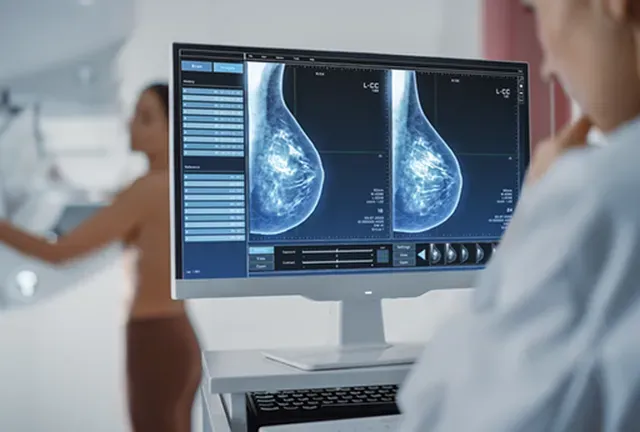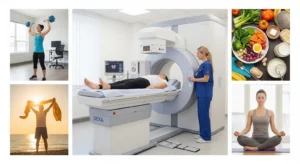A mammogram is a routine medical test that is used to detect breast cancer. A mammogram is used as a medical machine that looks at breast tissue and looks for any irregular tissues or masses in the breast.
How Does A Mammogram Work?
A mammogram is a routine medical test that is used to detect breast cancer. A mammogram is used as a medical machine that looks at breast tissue and looks for any irregular tissues or masses in the breast. The machine takes x-rays of the tissue at a much lower dose than your typical x-ray does, but it’s a very effective way to catch breast cancer.
The most important thing you need to know about how mammograms are used to detect breast cancer is that they compress a woman’s chest between two plates. This is due to the low level of rays that penetrate the machine, it uses an intense amount of pressure to flatten out the breast tissue so the machine can examine the entire area. Mammograms are effective at catching cancerous cells in the breast while giving you a minimal amount of radiation like most x-rays use.
How Often Do You Need A Mammogram?
Breast cancer is one of the most common cancers in women, which is why it’s recommended to start getting regular mammograms. Once a woman turns 40-years-old, they should get at least one screening every year. You don’t have to get them every year, especially if you don’t have a history of breast cancer in your family.
From ages 44-54, we recommend getting a mammogram every year. This is the most common age females start to notice signs of breast cancer, meaning these are the most important years of their life to get annual screenings.
Once you reach 55 or older and you haven’t had any irregular mammogram screenings, it’s recommended to receive a screening every 2 years to stay on top of your health.
What Does A Doctor Look For On A Mammogram Screening?
A radiologist is a doctor you will be dealing with when you receive a mammogram, and their main job is detecting any irregular tissues, lumps, or masses within the breast area. They look for calcium deposits also known as Calcifications. These look like tiny white spots on your screening, and the presence of them doesn’t always mean cancer, but it’s important to catch them before they get worse.




